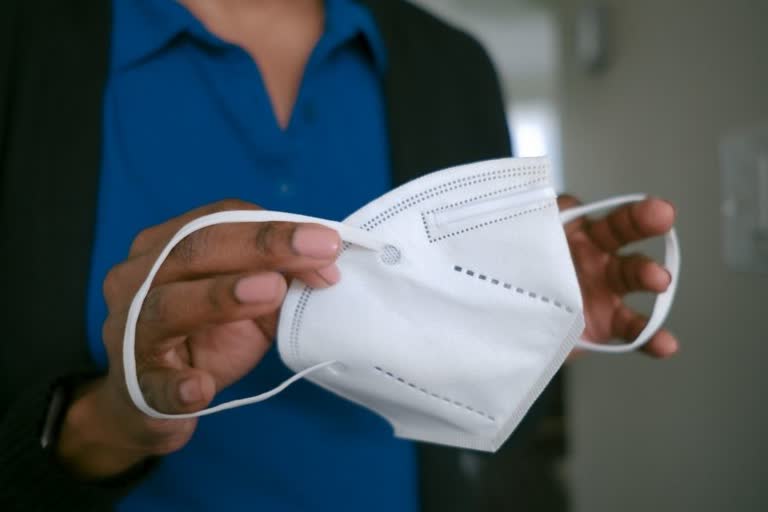Respirators have been mandatory in public places in Austria for a year. Now, the United States Centers for Disease Control and Prevention suggests respirators be considered for greater protection, for instance, on public transport or in enclosed crowded spaces. It's time to rethink and upgrade masks for you and your family.
What are respirators?
Respirators, often wrongly called masks because of their appearance, are personal protective equipment made to a particular standard and designed to prevent inhalation of hazardous airborne contaminants. In the US, respirator standards are managed by the National Institute for Occupational Safety and Health (NIOSH), and cover three things: filter efficiency, breathing resistance and fit.
A filter that meets the N95 standard (equivalent to Europe's FFP2) must capture at least 95 percent of particles in the most penetrating size range at a high flow rate. In Australia, a respirator must meet TGA standards. A respirator that consists entirely of filtering material rather than having layers, say for waterproofing is called a filtering facepiece respirator (FFR). An FFR can be worn multiple times but must eventually be thrown away.
Research suggests FFRs lose their ability to fit well after 20 wears due to stretching of straps or failure of the nose clip or edge components. The filter material is usually a non-woven polypropylene electret, which means the fibres carry an electrical charge to enhance particle collection while ensuring low breathing resistance.
Why were we told to wear cloth masks at first?
It was initially assumed SARS-CoV-2 spread via droplets (in coughs and sneezes) which caused infection when they landed on the mouth, nose or eyes. For such particles, a cloth or surgical mask is an efficient form of source control to protect others from virus emitted by the wearer. Now it's understood the virus is airborne. Virus-laden particles build up in the air over time indoors because of breathing and speaking.
Will a respirator protect me even if others are unmasked?
It depends on the type of exposure and how long you are exposed. It is important to consider your risk depending on where you are, what you're doing, with whom and how long you're there. The safest situation, especially for prolonged contact in crowded settings, is when everyone is wearing well-fitting N95 respirators.
It's hard to show evidence to support respirator use in the community but lack of randomised controlled trials (RCT) does not mean they are not effective. Studying masks or respirators at a population level is complex and involves many variables. There is strong evidence from RCTs in health workers and laboratory studies showing respirators are effective for source control and personal protection.
I really like my cloth mask. Is it OK to keep wearing it?
Probably not. Cloth masks are not made to any particular standard, so their properties and quality vary considerably. In general, they are poor filters of small airborne particles.
Surgical masks are cheaper – can I just switch to those?
Not really. While some surgical masks may have better filtration capacity than cloth masks, they were designed primarily to prevent the emission of large droplets. Some medical-grade surgical masks may also offer protection from body fluid splashes or sprays. No surgical mask will prevent the emission or inhalation of small infectious particles, however.
A key deficiency of surgical and cloth masks is their loose fit compared to respirators. While some older, hard-cup style respirators may be uncomfortable, newer styles are better tolerated. This may be due to their greater surface area, which could contribute to lower breathing resistance.
Also Read:COVID virus loses ability to infect within 5 minutes in air: Study
